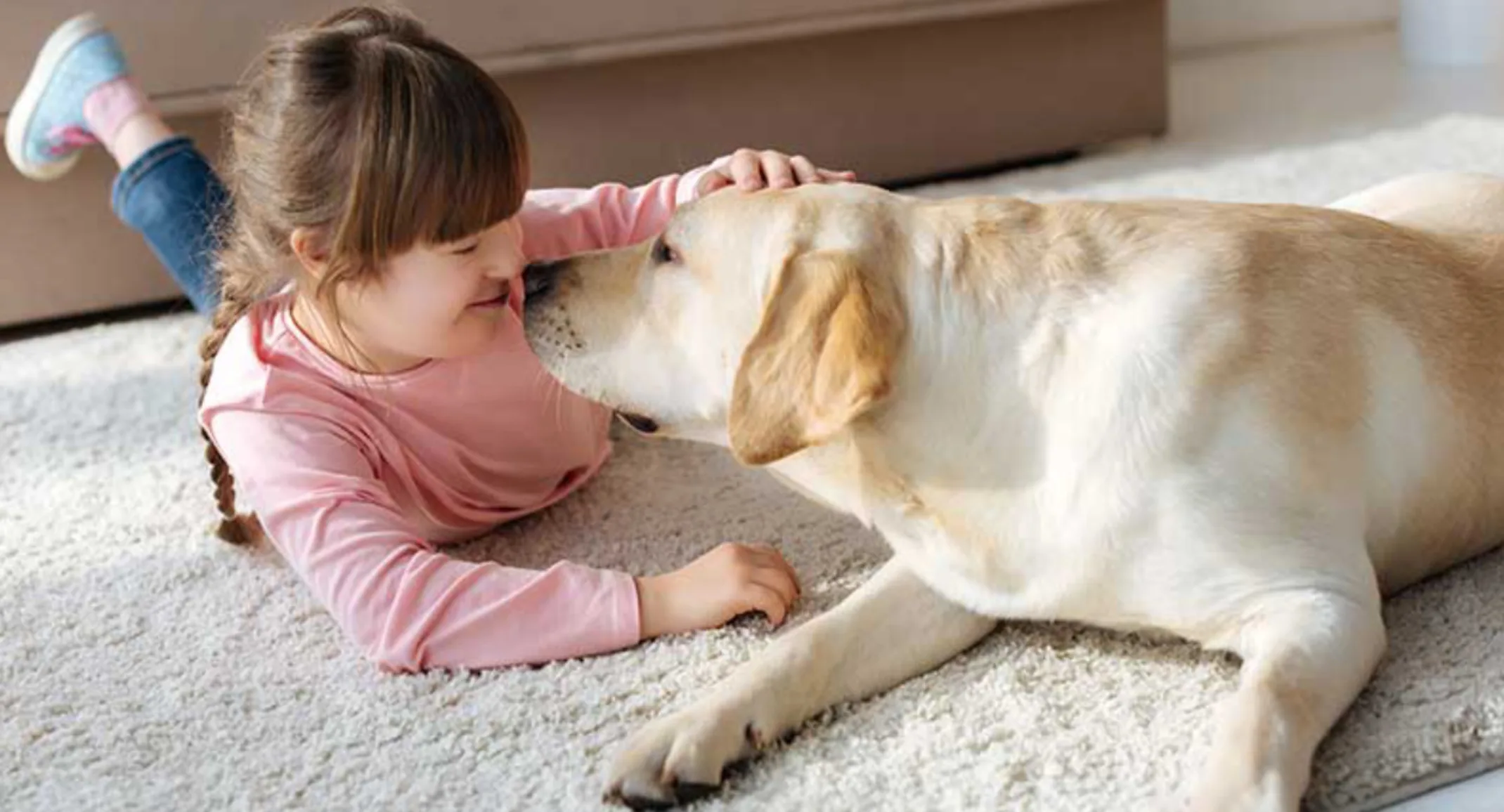Brush Your Dog’s Teeth! These Tips Will You Help You Get Started
Dogs

Brushing is Best for Teeth
Many people know that brushing their teeth is important for their long term oral and overall health. The same holds true for our canine companions as well. Dogs have 42 adult teeth which is 10 more than humans (including wisdom teeth). It is important to take care of the teeth to keep your pet comfortable and prevent other health problems secondary to poor oral hygiene. Pets can develop periodontal disease which results from infection along the gum line as a result of tartar build-up. Periodontal disease can lead to bad breath, tooth pain, and tooth loss but also can cause damage to the heart, kidneys, and liver by allowing bacteria in the mouth to enter the bloodstream.
It may seem overwhelming to think about brushing your dog’s teeth but with training it can become a positive experience for them and you. It is best to start this training when your pet is young but older dogs can learn as well. Below are some tips to help start the training process at home.
Supplies
You will need a toothbrush and toothpaste. There are dog specific toothbrushes with longer handles to make it easier but for smaller dogs a soft-bristled pediatric brush is fine. There are also brushes that fit over the end of your finger, but you have be careful they don’t accidently swallow them. You will also need a dog specific toothpaste as human toothpaste can have ingredients that are safe for us but toxic to dogs. Dog toothpaste is usually flavored so that your dog will hopefully like the taste and allow their teeth to be brushed easier. It is okay to let them lick a small amount of toothpaste prior to brushing to see if they like it.
Basic Training
Begin by teaching your dog basic training commands like sit and stay. Use positive re-enforcement with treats and oral praise. Then get your dog used to have their mouth touched by first lifting their lips up. Then progress to touching their gums and teeth lightly with your finger while holding up their lip. Go slow and start with short training sessions using positive re-enforcement. If they are getting agitated, take a break and try again later. Be sure to wash your hands afterwards. Disposable latex or nitrile gloves are also ok to wear while brushing your dog’s teeth.
Introduce the Brush
Again, the key is to go slow at first and don’t get upset if they don’t like it in the beginning. Start by just touching one or two teeth with the brush and give a reward. Once they are comfortable with the brush in their mouth then you can start actually brushing a few of the teeth at a time. It may help to start by only brushing the front teeth or just the top teeth. Only brush the outside of the teeth at first and then progress to the inside once they are comfortable with the outside being brushed.
Praise and Reward
Rewards help make teeth brushing a positive experience for dogs. Having a favorite treat or toy ready helps them look forward to the experience. At first, they may get agitated so patience on your part is a must but with time and training it will be a part of their routine they may even get excited about just like suppertime.
Brushing is the best at-home oral care you can do for your pet. There are other products that can augment your brushing, such as dental chew treats, water additives, and even certain diets. Talk with your veterinarian about which products may be helpful. Visit the Veterinary Oral Health Council’s website, vohc.org, for a list of recommended at-home care products.
Even with the best brushing techniques your veterinarian may recommended a comprehensive oral health assessment and cleaning. This is similar to humans seeing their dentist every 6 months for a cleaning and exam by their dentist. Dogs do need to be under anesthesia for this procedure to ensure it is done safely and completely. Your veterinarian and their staff will be able to fully examine your pets teeth and mouth, clean and polish the teeth, and try to treat any problems they find while they are asleep. Anesthesia can be scary for pet parents so it is important to consult with your veterinarian about the risks versus benefits of this procedure for your pet.
Time for a Cleaning? Bring Your Doggo By Sunset Vet!
Just like humans, dogs should visit their doggy dentist (their vet!) at least once per year for a thorough cleaning. Our veterinary staff at Sunset Veterinary Clinic is always here to provide cleanings and check-ups for dental issues that could be causing your dog pain or become bigger problems down the line.
Even if you haven’t been brushing your dog’s teeth consistently or at all, that’s okay. A teeth cleaning at the vet will be the best thing you can do to prevent and stop dental hygiene problems. Call today to schedule your appointment!
